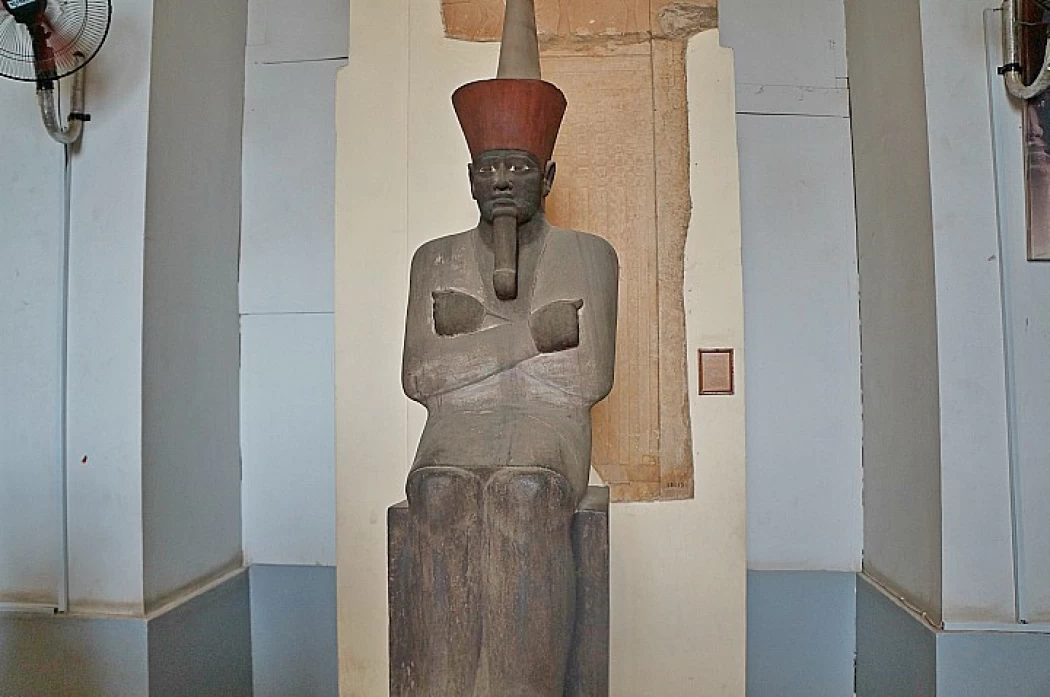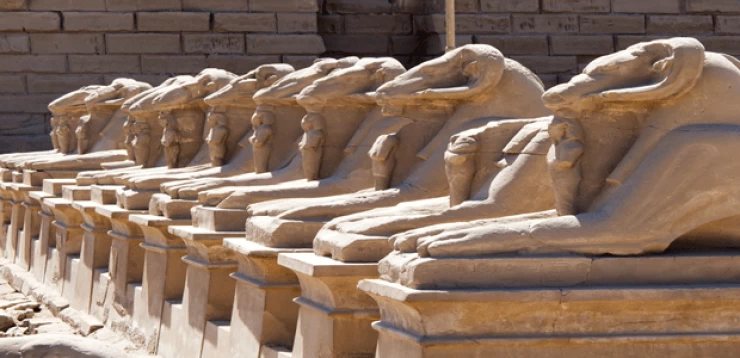
The Eleventh Dynasty of Ancient Egypt History
Historical Facts about the Eleventh Dynasty
Egyptologists designate the Middle Kingdom as the second era of peace and wealth in ancient Egypt from 2055 to 1650 B.C. Egypt experienced a phase of decreased pharaonic authority and distribution of power through legal geographic regions, which was called the First Intermediate Period, following the collapse of the Old Kingdom that occurred around 2180 B.C.
Various rival regional powers competed for influence and power in the country until around 2055 BC, when Mentuhotep II was able to conquer his rivals in both Upper and Lower Egypt. He established the 11th dynasty, whose capital was Thebes, now Luxor. Once again, he succeeded in uniting the whole of Egypt under a single government, thus establishing the Middle Kingdom.
Although the country is once again united, Egypt has not yet returned to the height of its power, previously achieved with the fabulous Pyramids of the Old Kingdom. The Middle Kingdom only lasted from the 11th to the 13th dynasties, and the buildings constructed during this period were much more modest in scale, suggesting that the Kingdom and its economy were less powerful than during the Old Kingdom.
Between the 11th and 12th Dynasties, central power shifted from Thebes, in the south, to Lisht, near the Fayum oasis. At Lisht, the pharaohs of the Middle Kingdom built several pyramids, much smaller in scale than those that made the Old Kingdom glorious. Most of these Middle Kingdom pyramids are now in ruins, due to inferior construction techniques.
It was a period open to the Middle East and many expeditions were sent there. The main rulers who represented it were the Sésostris and the Amenemhat. The foundations of Karnak were built at this time by Sesostris I; the kings of the New Kingdom destroyed them to build the present-day Karnak.
After approximately 400 years and 3 dynasties, the 13th Dynasty, which ruled all of Egypt, collapsed and the Nile Valley fell into a second period of disorder and confusion known as the Second Intermediate Period, from 1650 to 1550 BC.















